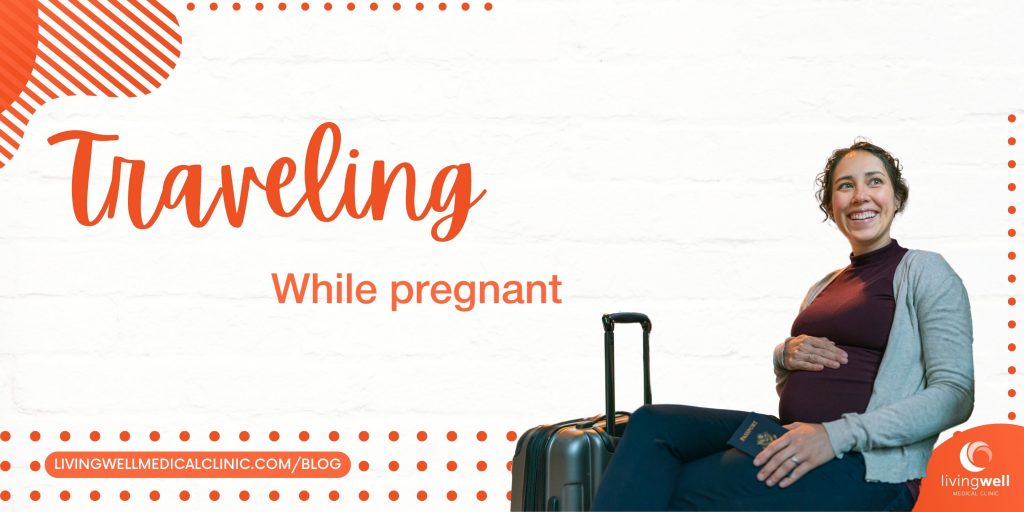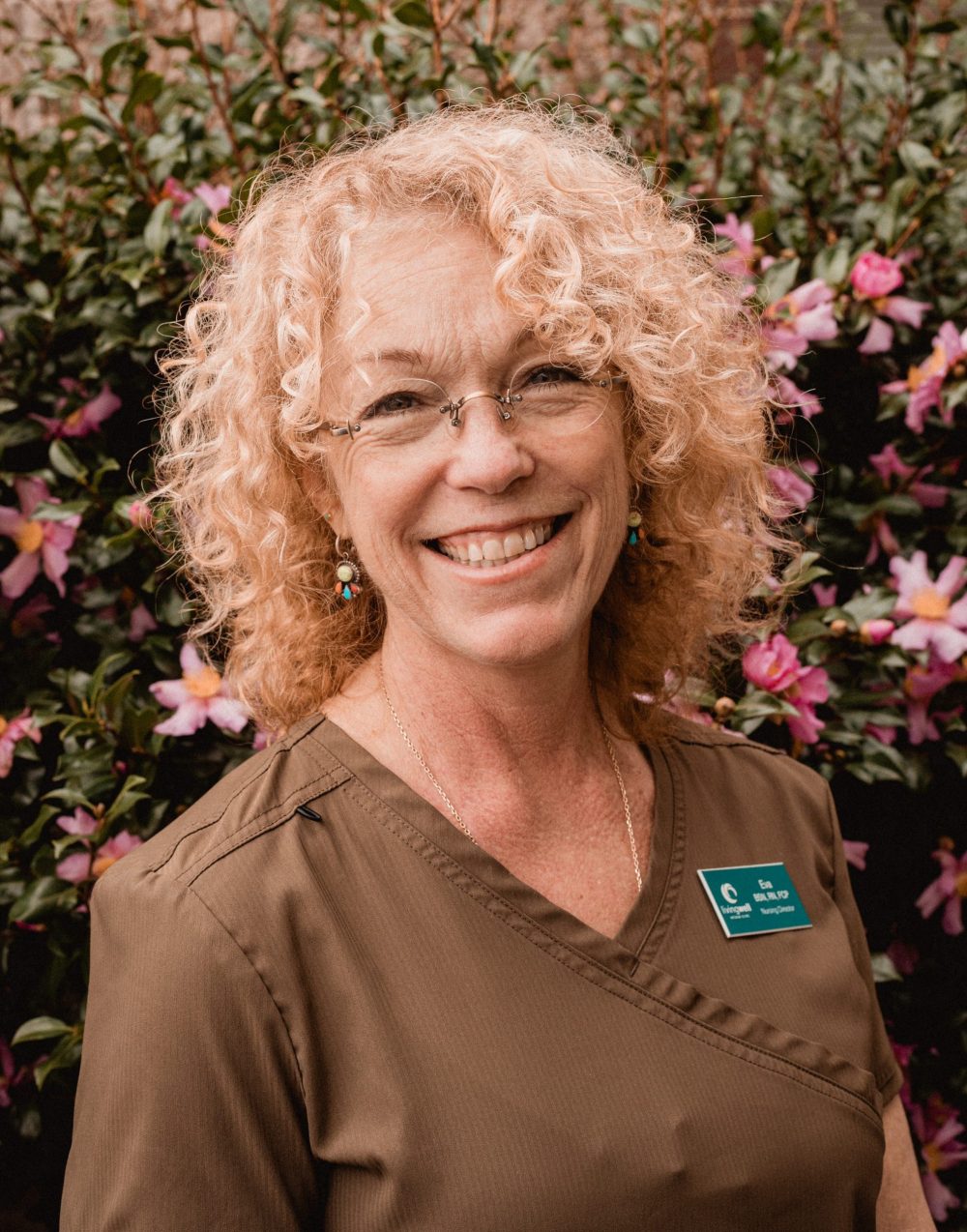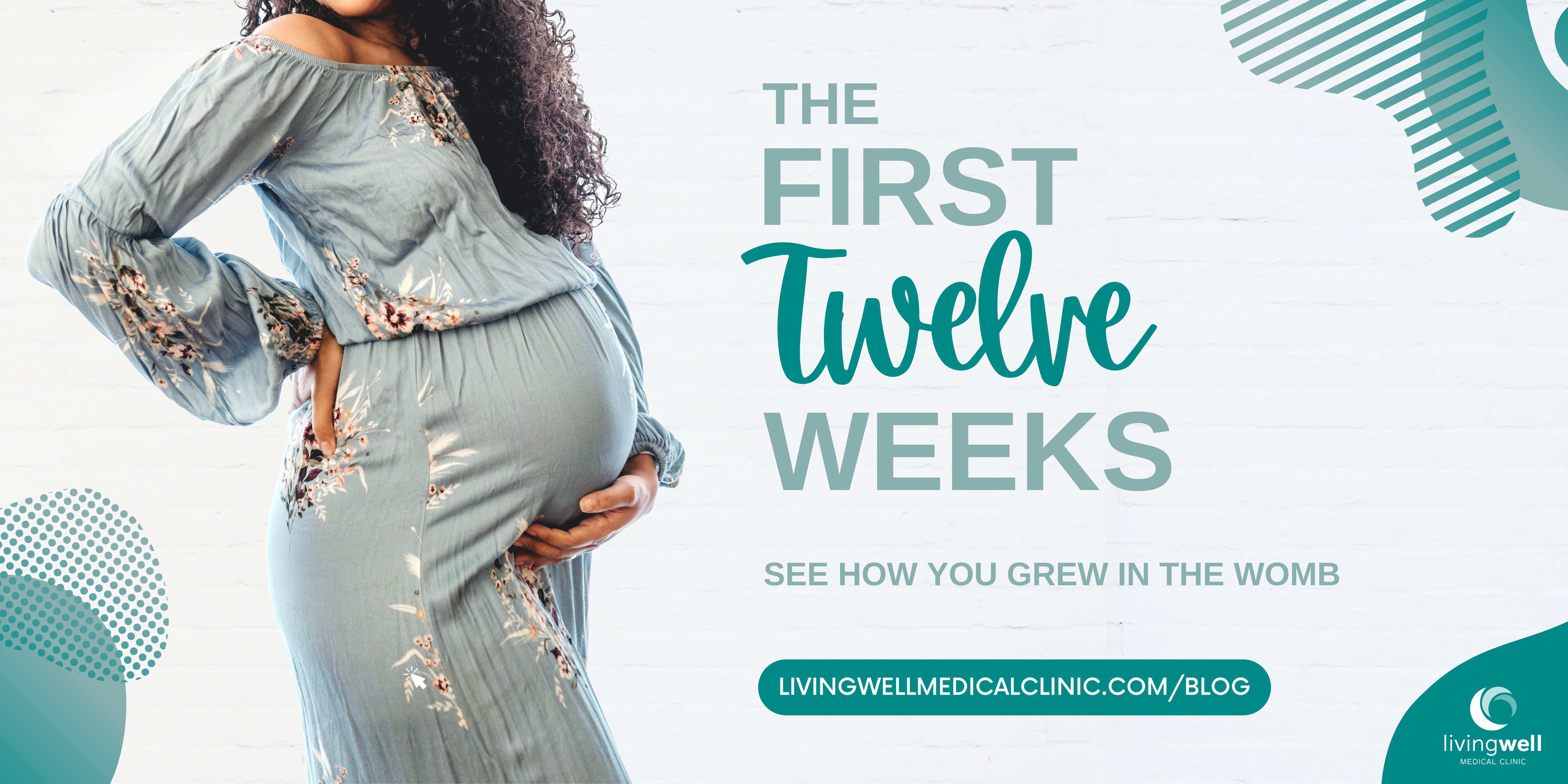
Hormonal birth control has been the standard pregnancy prevention method for decades, but many women are beginning to search for a non-chemical option. Natural family planning can be a wonderful, chemical-free alternative for pregnancy and family planning.
What is natural family planning?
Women are only fertile for a short time each month. Natural family planning involves learning how to track the symptoms to determine your window of fertility during each cycle. You can then choose to use that window to avoid or achieve a pregnancy.
What are the advantages of natural family planning?
There are many advantages to using the natural cycle of your body to prevent pregnancy.
- Natural family planning has a 98.2% success rate with consistent and correct use, which is equivalent to oral contraceptive pills.
- It does not use chemicals or hormones and has 0 physical side effects.
- This method is usable for nearly all women.
- This method is accessible and does not require additional input from health care professionals after it is correctly learned and applied.
- This method gives you a deeper understanding and appreciation of your own body.
- Learning about your body through a natural family planning method will help you recognize warning signs of various illnesses.
- Natural family planning involves and informs your partner, which can build closeness and trust in your relationship.
- This method can be used to prevent or achieve pregnancy effectively.
Are there any disadvantages?
As with any method of pregnancy prevention, there are some drawbacks.
- While natural family planning has a 98.2% success rate with perfect use, it has a 76% success rate with imperfect use.
- It does not protect against STI’s.
- You will have to use barrier contraceptives or abstain from sex during your fertility window.
- Stress, illness, travel, alcohol consumption and other factors can disrupt your symptoms and affect the accuracy of your predictions. However, a health care professional trained in this method may be able to help you navigate these factors.
- If you have used an emergency contraceptive pill, you will have to wait two full cycles before you can rely on your symptoms again.
- This method requires continued commitment and practice.
How does Natural Family Planning work?
There are multiple different methods to choose. In general, natural family planning methods involve tracking and daily monitoring the symptoms that signal fertility levels throughout your menstrual cycle. These symptoms include body temperature and cervical mucus, as well as other signs depending on the method you choose. If you want to pursue this method, you should find a health care professional to train you in detail for the natural family planning method of your choice.
How We Can Help
This is not a complete explanation of natural family planning. If you would like to learn more about natural family planning, we urge you to find a health care professional to teach you more. If you are currently facing an unplanned pregnancy, we are here for you. Schedule your free and confidential appointment to verify your pregnancy or progress, or give us a call at 530.272.6800. We would love to meet with you and answer any questions you may have during this time.
Links
NHS Staff. “Natural Family Planning (Fertility Awareness): Your Contraception Guide.” NHS, Crown Copyright, 13 April 2021, https://www.nhs.uk/conditions/contraception/natural-family-planning/.
Fertility Education & Training Staff. “Guidelines to charting Your Fertility Cycle.” Fertility Education & Training, 2011, http://www.fertilityet.org.uk/tutorials.html.
CDC Staff. “Contraception.” Centers for Disease Control and Prevention, 1 November 2022, https://www.cdc.gov/reproductivehealth/contraception/index.htm.

Eva Fisher, BSN,RN, FCP
Nursing Director
The content on this page has been reviewed and approved by our Nursing Director.
 With the holidays coming, you may be wondering if your unexpected pregnancy is the end to
With the holidays coming, you may be wondering if your unexpected pregnancy is the end to
 Pregnancy can be an exciting yet nerve-wracking adventure for everyone involved. So, whether you or someone you know is pregnant, you might wonder what changes are happening inside a woman’s body. To appease your curiosity, let’s look at how each of us grew in the first 12 weeks of conception.
Pregnancy can be an exciting yet nerve-wracking adventure for everyone involved. So, whether you or someone you know is pregnant, you might wonder what changes are happening inside a woman’s body. To appease your curiosity, let’s look at how each of us grew in the first 12 weeks of conception.